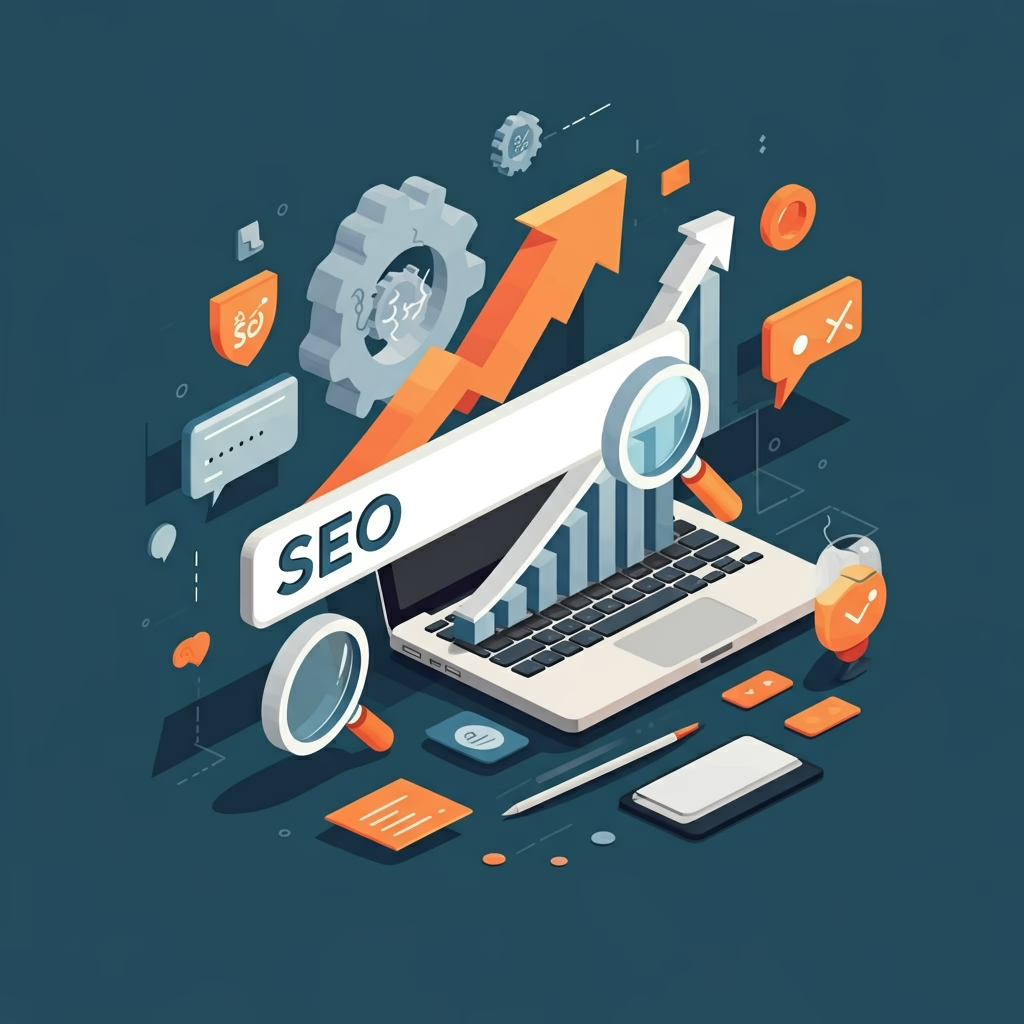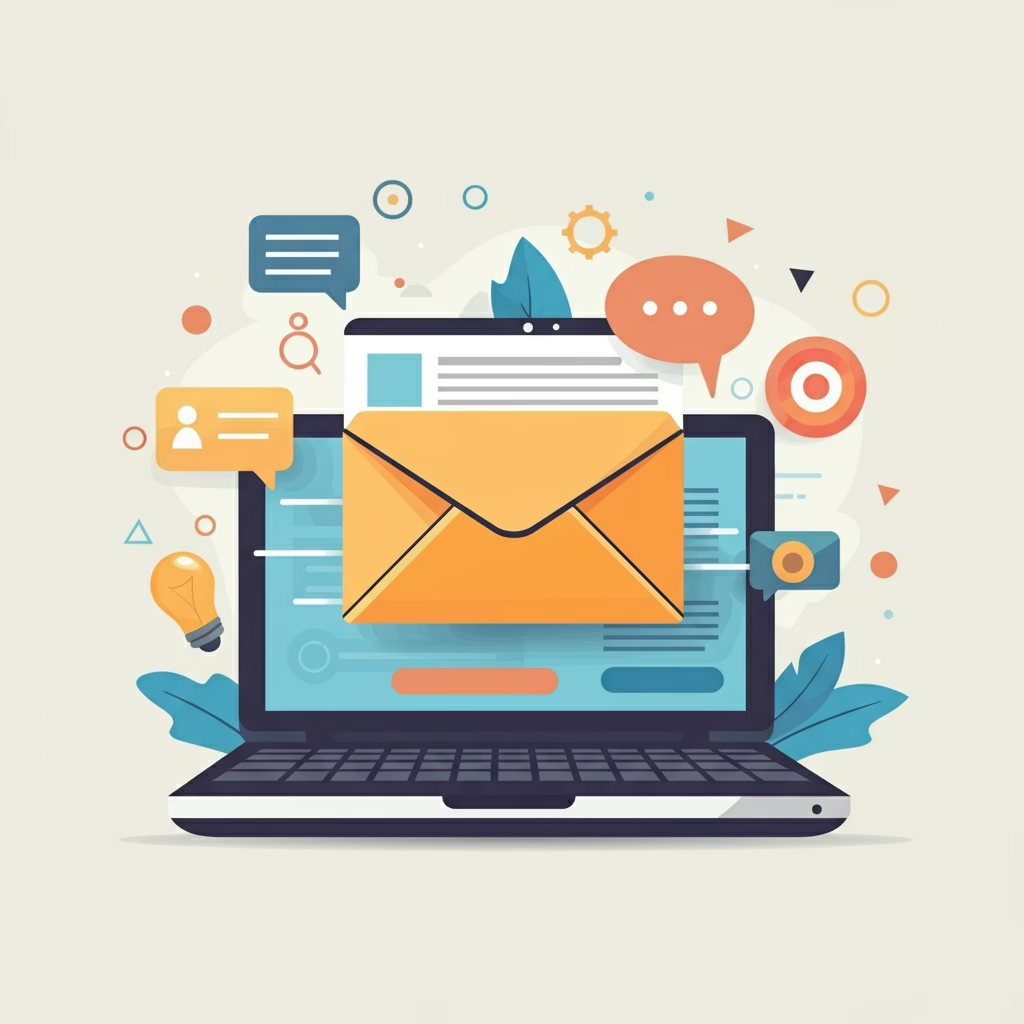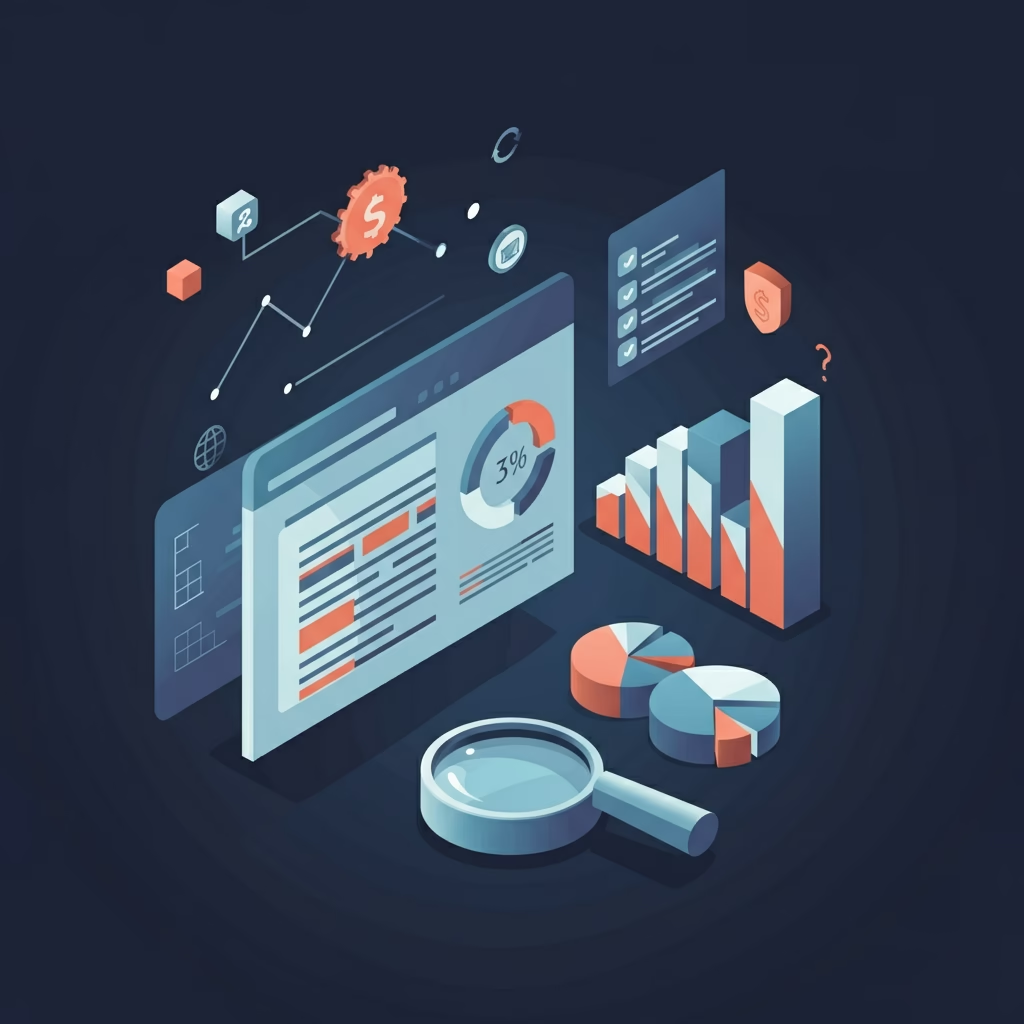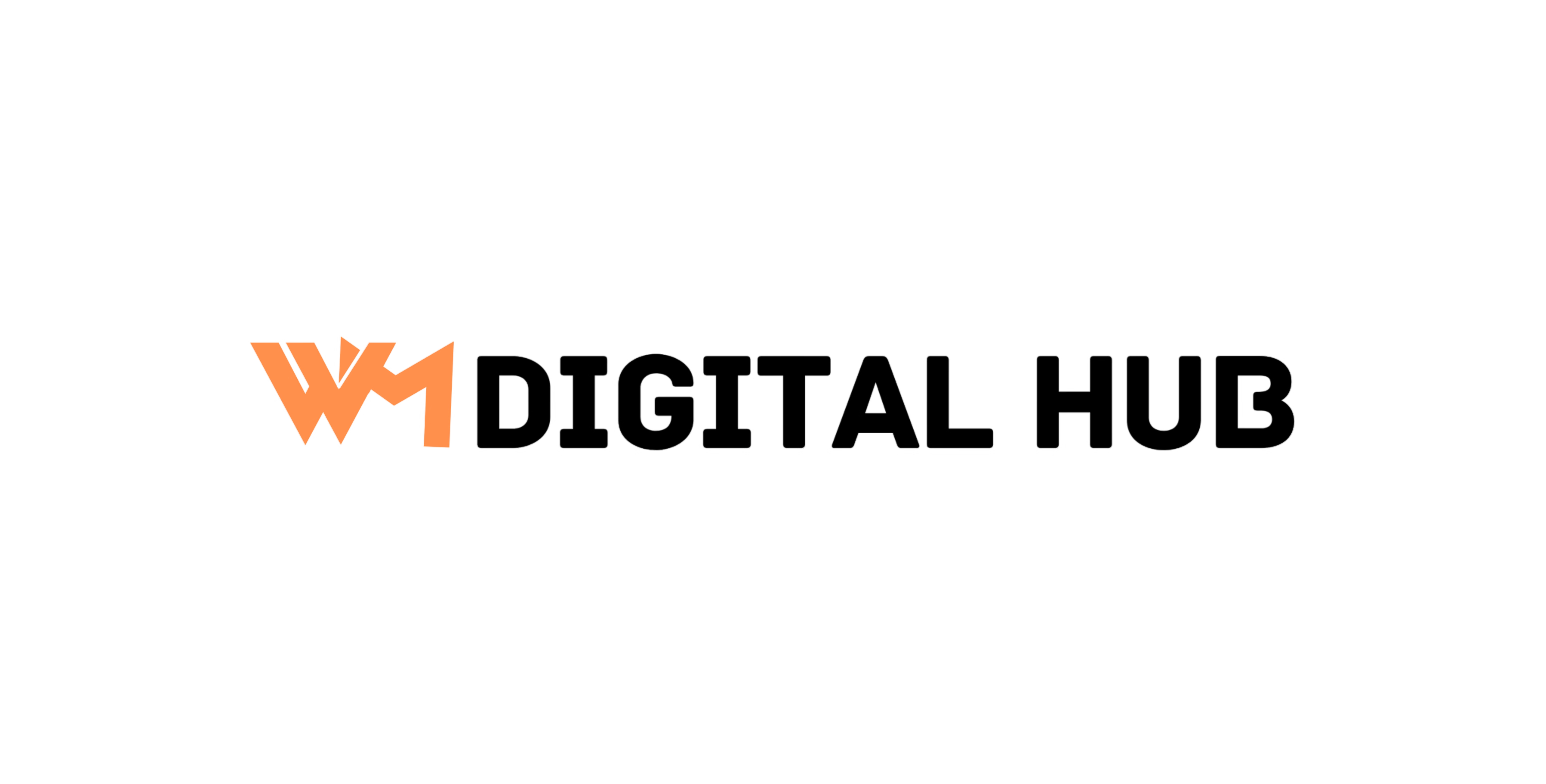Digital marketing can feel overwhelming when you’re just starting out. Terms like “SEO,” “content funnels,” and “PPC ads” might sound foreign, and with so many online marketing channels, it’s hard to know where to begin. But here’s the good news: digital marketing isn’t rocket science. This guide will simplify it for you, breaking it down into actionable steps that will have you confidently navigating the world of online marketing in no time.
Whether you’re a small business owner trying to attract more customers, a beginner marketer exploring a new career path, or a student eager to master the basics, this guide is for you. By the end of this article, you’ll have a clear roadmap to start your digital marketing efforts and a list of tools to help you succeed. Let’s get started!

What Is Digital Marketing and Why It Matters
Digital marketing refers to any form of marketing that takes place online, using digital channels like search engines, social media platforms, emails, and websites. It’s how businesses of all sizes connect with their target audience in today’s digital world.
Why is digital marketing so important? For starters:
- Reach a broader audience: Unlike traditional methods like print ads or billboards, digital marketing allows you to reach a global audience.
- Cost-effective: With proper strategies, digital marketing costs significantly less than traditional campaigns and delivers measurable results.
- Trackable performance: The beauty of digital marketing lies in its ability to track metrics, get instant feedback, and modify strategies accordingly.
For example, while launching a social media campaign, you can see how many people clicked on your ad, visited your website, or completed a purchase in real-time. This makes it easier to tweak and optimize for better performance.
Step 1: Set Goals and Define Your Audience
Before you jump into creating Facebook ads or optimizing webpages, you need a plan. The first step is to set clear goals and understand who your target audience is. Here’s how to get started:
1.1 Set SMART Goals
Your digital marketing efforts won’t reach their full potential unless you have a specific goal in mind. Use the SMART framework to create goals:
- Specific (e.g., “increase website traffic by 20% in 2 months.”)
- Measurable (e.g., track website visits via Google Analytics.)
- Achievable (realistic within your budget and capabilities.)
- Relevant (aligns with your business objectives.)
- Time-bound (has a deadline.)
For instance, a small bakery might set a goal to increase its Instagram followers by 500 within the next 3 months to attract local customers.
1.2 Understand Your Audience
Next, define who you’re targeting. Ask yourself:
- Who are they? (age, gender, location, etc.)
- What are their pain points? (What problem does your product/service solve?)
- Where do they hang out online? (Instagram, LinkedIn, Google, etc.)
- What motivates them to take action? (discounts, social proof, simplicity, etc.)
Use tools like Google Analytics, Facebook Audience Insights, and Surveys to collect this data. The better you know your audience, the more effectively you can tailor your marketing campaigns.
Step 2: Explore Essential Digital Marketing Channels
There are several digital marketing channels at your disposal, but beginners often don’t know where to start. Focus on mastering these five foundational strategies:

2.1 SEO (Search Engine Optimization)
What It Is: SEO is all about optimizing your website so search engines can rank it higher on results pages, making it easier for people to find you organically.
Getting Started with SEO:
- Conduct keyword research using tools like Ahrefs, SEMrush, or even Google Keyword Planner.
- Optimize on-page elements, including titles, meta descriptions, headers, and content, to include target keywords like “marketing for beginners” organically.
- Build backlinks from reputable websites to boost your domain authority.
- Enhance user experience by improving your site speed and mobile usability.
Example: Imagine you own a pet store. By optimizing your page with the keyword “dog food delivery near me,” local pet parents can find your business more easily when searching online.

2.2 Content Marketing
What It Is: Creating useful, engaging, and valuable content to attract and retain your audience. This could be blog posts, videos, infographics, or ebooks.
Steps to Master Content Marketing:
- Write high-quality blogs that answer your audience’s questions. Make it educational and link to your products naturally.
- Create “how-to” videos or tutorial guides explaining your industry or offerings.
- Share behind-the-scenes content or customer stories to foster deeper connections.
Tip: Consistency is key. Aim to publish at least weekly to stay active and relevant.
2.3 Social Media Marketing
What It Is: Using platforms like Facebook, Instagram, LinkedIn, or TikTok to engage with your audience, build relationships, and grow your brand.
Steps to Start Social Media Marketing:
- Choose the Right Platform: Use LinkedIn for B2B and Instagram for lifestyle products.
- Create a Posting Schedule: Use tools like Hootsuite or Buffer to automate.
- Engage with Your Followers: Respond to their comments, host polls, and participate in relevant conversations.
Example: A cosmetics brand like Glossier heavily relies on user-generated content and Instagram Stories, involving their community to amplify reach.

2.4 Email Marketing
What It Is: Using email newsletters or sequences to connect with your audience directly.
Email Marketing Basics:
- Start by building an opt-in email list with forms on your website.
- Create welcome emails, sales promotions, and weekly content newsletters.
- Use tools like Mailchimp, Constant Contact, or Klaviyo.
Emails drive conversions better than any other medium if done right—just keep them short, relevant, and action-oriented.

2.5 Paid Advertising (PPC)
What It Is: Investing in ads to gain instant visibility on search engines or social media.
Getting Started with Paid Ads:
- Use Google Ads for keyword-targeted search campaigns.
- Use Facebook Ads for highly targeted demography-based social campaigns.
- Set a budget and monitor campaign performance using analytics tools.
Tip: Start small. Run A/B tests to figure out which ad formats and creatives perform better with your audience.

Step 3: Measure and Analyze Results
A significant advantage of digital marketing is its measurability. Once your campaigns are up and running, tracking results is crucial. Here’s how:
- Use Google Analytics to track website traffic, bounce rates, and conversions.
- Monitor engagement metrics like likes, comments, and shares on social media.
- Create UTM parameters to track ad clicks and traffic from specific campaigns.
- Use KPI (Key Performance Indicators) dashboards for continuous improvement.
Example: If your Facebook ad has a high CTR (click-through rate) but low conversions, you can optimize the landing page for better results.

Step 4: Tools and Resources for Digital Marketing Beginners
To simplify your marketing efforts, lean on these powerful tools:
- Google Analytics – For tracking website data.
- Canva – Create graphics for social media posts.
- SEMrush – Conduct keyword research and analyze competitors.
- Mailchimp – Streamline your email campaigns.
- Trello – Stay organized with marketing initiatives.
Online courses and certifications like the free Google Digital Garage or HubSpot Academy are also excellent ways to build skills.
Start Your Digital Journey Today
Digital marketing isn’t just a strategy; it’s a necessity for any beginner, small business owner, or marketing student. The key is to start small and build up gradually. Focus on one or two tactics that fit your goals, test, and refine as you go.
Remember, the digital marketing landscape is constantly evolving. Stay curious, keep learning, and don’t hesitate to experiment.
If you’re ready to take your first step but feel stuck, there are plenty of tools and resources waiting for you. What are you waiting for? The time to establish a successful online presence is now. Just start!




